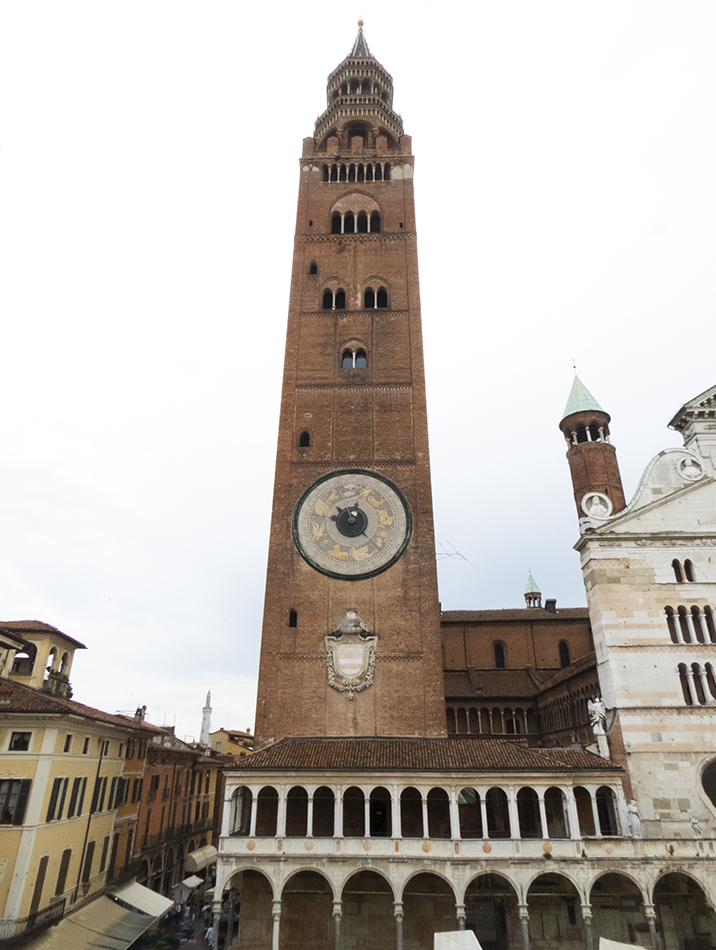
Although time and its measurement is a fundamental component of human life, a special type of clock which takes matters to the next level is the so-called
astronomical clock and whose purpose is not to measure time per se but to convey astronomical information and, in particular, the relative position of the
Sun and Moon as well as the zodiacal constellations and, in some cases, the position of the planets all as a function of time.
The oldest such effort to effectively emulate the overhead celestial sphere (ie a mini-planetarium) is the
Antikythera Mechanism which was discovered in 1901 totally by
accident by sponge divers off the coast of the Greek island of Antikythera. It has been dated to approximately 80 BC and it is believed to be the work of
Poseidonius of Rhodes. The Antikythera Mechanism is currently on display
at the National Archaeological Museum in Athens, Greece.
Note: Cremona is a city in the Lombardy region of northern Italy lying approximately 75 km southeast of Milan and is perhaps best known
for the manufacture of the Stradivarius violins during the 17th and 18th centuries by the Stradivari family and, hence, for its nickname of "Violin City". In addition
to the Violin Museum, one will find many public statues made of bronze with a violin theme interspersed throughout the city.
The stunning astronomical clock below graces the external western wall of the 112-meter tall "Torrazzo Bell Tower" of the Cathedral of Cremona (Duomo di Cremona)
in Cremona's picturesque and historical main square ("Piazza del Comune"). It has the unique distinction of being the largest astronomical clock in the world owing
to its 8.2-meter diameter. The clock mechanism was constructed by the father-son tandem of Francesco and Giovan Battista Divizioli between 1583 and 1588 whereas
the external painting and artwork is credited to Paolo Scazzola during 1483 with various restorations and repaintings thereafter and including the most
recent intervention in 1970. The clock depicts the Sun and Moon travelling through the twelve zodiacal constellations. The four hands of the clock illustrate
lunar phases, the solstices and equinoxes as well as eclipses amongst other astronomical events.
Note: For a view of the astronomical clock using greater focal length, please click
here and
here.
Note: For additional results involving astronomical clocks from around the world, please click
here.
|
Body: Sun Mass: 332,900 x Earth Mass Eq Diameter: 109.1 x Earth Distance: 149 million km RA / Dec: 23h 41m 41s / +89° 19' 51" Diameter: 32.16' Magnitude: -26.8 |
 |
Date: June 10, 2023 Location: Piazza del Comune, Cremona, Italy Equipment: Canon PowerShot SX60 HS @ 3.80 mm / f8.0 Exposure: 1 x 1/400 sec ISO 400 RAW Image Format 4768x3516 Image Size Continuous Servo Mode Manual Mode Software: Photoshop CS6 Processing: Brightness/Contrast Resampling JPG Compression |